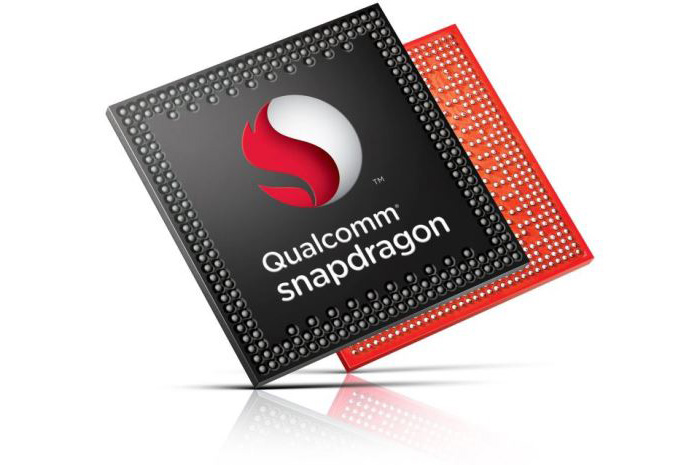Qualcomm, apparently, has prepared more hardware for us than previously expected – after announcing the Snapdragon 212, Snapdragon 412 and Snapdragon 616 SoCs, the company has announced new next-gen GPU architecture and shared more details on the promising Snapdragon 820 processor, which, by the way, may power the upcoming Samsung Galaxy S7 smartphone.
The new GPU architecture is inside two new chips called Adreno 530 and Adreno 510. The Adreno 530 will be built into the Snapdragon 820 processor and will bring about 40 per cent more performance than the Adreno 430 GPU, while using 40 per cent less power. The slower Adreno 510 GPU will be housed inside the Snapdragon 620 and 618 processors.
“We’re significantly enhancing the visual processing capabilities of Snapdragon to support next-generation user experiences related to computational photography, computer vision, virtual reality and photo-realistic graphics on mobile devices, all while maximizing battery life,” said Tim Leland, vice president, product management, Qualcomm Technologies, Inc. “Spectra ISP, together with our Adreno 5xx-class GPU, brings an entirely new level of imaging to smartphones, and is designed to allow Snapdragon-powered devices to capture ultra-clear, vivid photos and videos regardless of motion and lighting conditions and display them with the color accuracy that nature intended. In addition, as emerging growth segments such as automotive demand more immersive visual experiences, Snapdragon 820 will enable the next generation of infotainment, computer vision and advanced processing for instrument clusters.”
The Adreno 530 will have the following features compared to its predecessors:
- Leading-edge capabilities in graphics and compute APIs including OpenGL ES 3.1+AEP (Adreno Extension Pack), Renderscript, as well as the new OpenCL 2.0 and Vulkan standards. Vulkan minimizes driver overhead and enables multi-threaded performance on mobile and embedded platforms.
- Support for 64-bit virtual addressing, allowing for shared virtual memory (SVM) and efficient co-processing with 64 bit CPUs
- Improved fine-grain power management, new rendering, compositing and compression techniques to enable higher performance at lower power consumption and reduced DRAM bandwidth
- Up to 4K HEVC video support at 60fps over HDMI 2.0 to Rec. 2020 ultra-high definition (UHD) displays and TVs
- Improved EcoPix and TruPalette support for longer battery life and superior pixel quality
- Software compatibility between Adreno 530 and Adreno 510
In addition the Adreno 530 GPU has the new Spectra image signal processor, which brings enhanced noise reduction, video HDR capture support, more intelligent correction of lens and sensor aberrations, increased autofocus performance and up to 3 simultaneous cameras. In addition the chip offers:
- Superior image quality, with more natural skin tones via advanced, 14-bit dual ISPs supporting up to 3 simultaneous cameras (e.g. one facing the user, and two rear facing), and up to 25 megapixels at 30 frames per-second with zero shutter lag
- Improved photos with Qualcomm Spectra ISP’s flexible hybrid autofocus framework and multi-sensor fusion algorithms supporting next generation computational photography
- Improved power efficiency when compared to previous generations, better noise immunity and higher throughput via advanced compression techniques and use of the latest MIPI serial C-PHY interface
- Next generation Computer Vision and other use cases via direct-to-DSP raw bayer data streaming and pre-processing capabilities
The new chips should be on the market by the end of the year.
Source: Qualcomm
